What can €20 million buy you in Co Laois? Considering the average property in the midlands county goes for €208,748, a purchaser could do a deal for 96 regular homes.
Or, if you are the billionaire cofounder of a global technology empire, you may prefer the large 18th-century estate and former ancestral home of the de Vesci family.
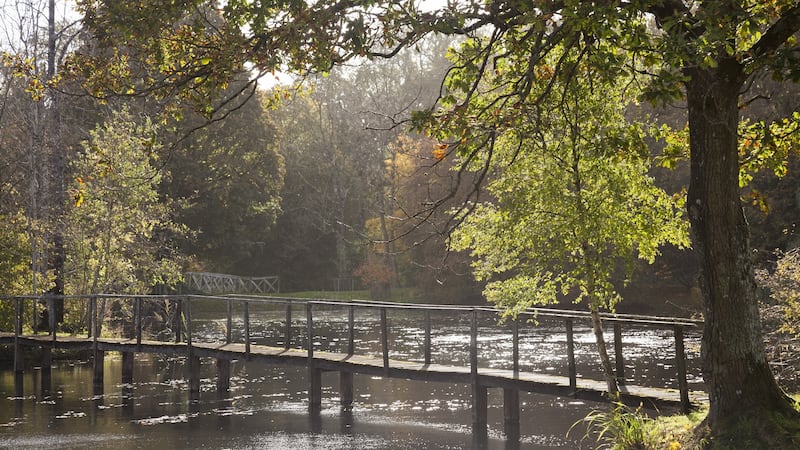
Stripe’s John Collison has paid some €20 million to acquire Abbey Leix, which is considered to be one of the finest 18th-century mansions in Ireland. The Georgian house is surrounded by 1,120 acres, including stands of specimen trees, walled gardens and farmland.
The main residence, which extends to 26,910sq ft (2,500sq m), is complemented by no fewer than 10 estate houses and cottages. Within the main home is a classical library, a conservatory, a music room and an aptly named Gold Room.
The property was brought to the market two years ago by joint agents Sotheby’s International Realty and Colliers seeking €20 million and is understood to have achieved in the region of that figure.
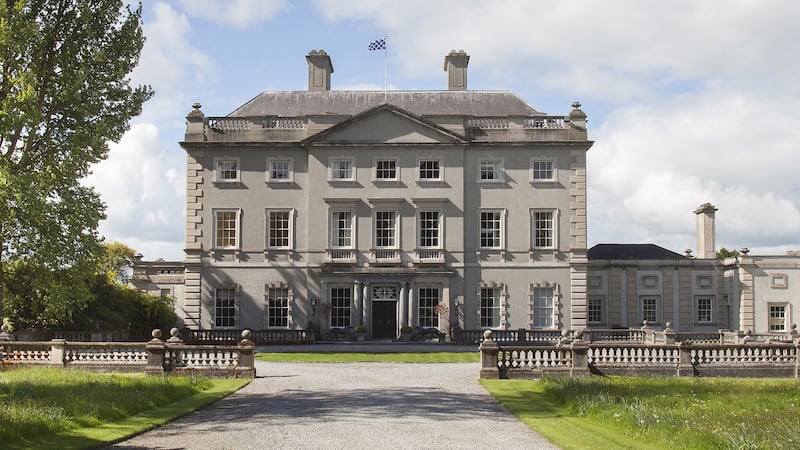
A source close to Mr Collison told Laois Today the entrepreneur intends to live in the property for parts of the year and to develop it for personal use. The source told the local news outlet that Mr Collison is “looking forward to getting to know the Abbeyleix community”. “He’ll be down at the local pub, in the butchers and doing all the things that normal people do.”
The historic home was attractive to Mr Collison as he aspires to mind the property and regenerate the historic woodland, the source added. “He wants to nurture the wildlife because both him and Patrick care deeply about the environment,” the source said.
“There aren’t many historic houses in Ireland, and very few people have the ability to repair and maintain them . . . these houses have lives far beyond their owners, and John wants to set it up for future generations too.”
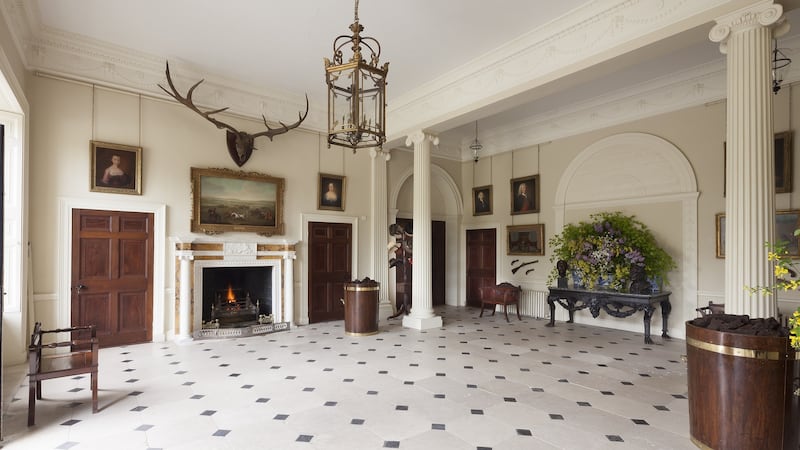
Prior to Mr Collison’s purchase, the estate had been in the ownership of Sir David Davies, a businessman whose family put down roots in Ireland in the 1940s and who has had a successful career in banking and property.
Having reached his 80th birthday in 2019, and having finally become an Irish citizen, Mr Davies put Abbey Leix on the market with a view to downsizing to his family’s original Irish home, Killoughter in Co Wicklow, a Georgian house on a more manageable scale.
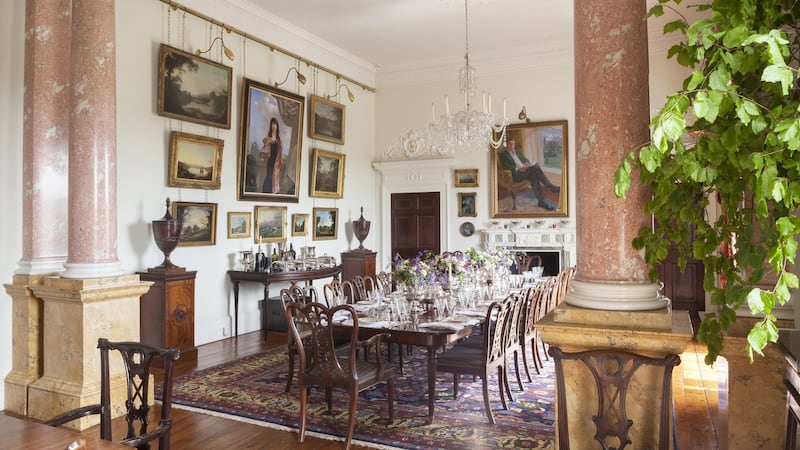
In a statement issued through Sotheby’s International Realty and Colliers, Mr Davies said he was pleased to confirm his trust has contracted to sell the Abbey Leix Estate and the majority of its contents to a private buyer.
The statement said “the selection of the buyer was made because of their ambition and interest in preserving the integrity of the estate, including buildings and importantly the trees, and their ability to invest in the estate”.
Mr Davies said he was delighted the future of the estate had been secured for the long term.
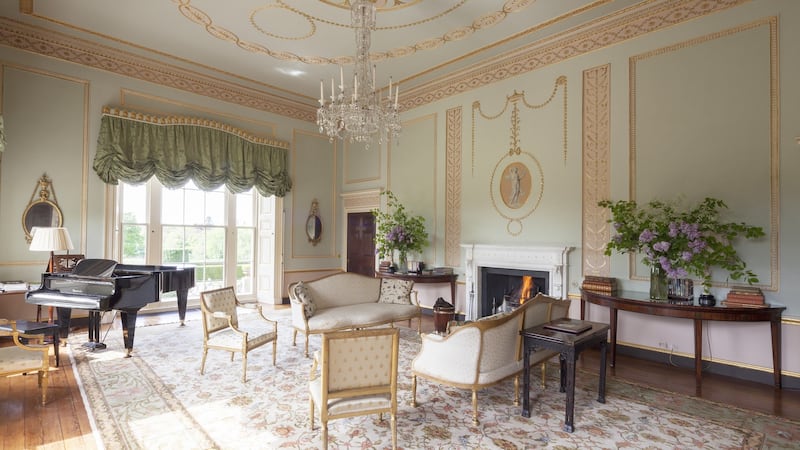
While Abbey Leix will require substantial investment over time, its new owner will have the benefit of the significant restoration and refurbishment presided over by its former owner.
Designed in 1773 by the noted architect James Wyatt, and home to the de Vesci family for over 300 years, the property was showing its age by the time Mr Davies acquired it in 1995. It had no central heating and needed to be completely rewired, according to an interview Mr Davies gave to the Leinster Express in 2017. It took, he said, four years to renovate, with all of the house’s 117 windows having to be replaced.
The restoration of the house has been documented in a book by historian William Laffan that was published by Mr Davies, who is president of the Irish Georgian Society.
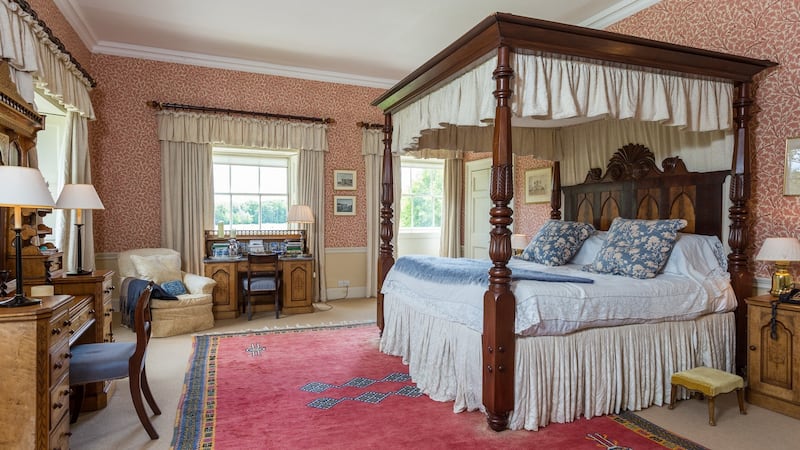
“As few places elsewhere, Abbey Leix gives a sense of the longue durée of Irish history. Having been home to French Monks, O’More Princes, Ormonde Earls, de Vesci Viscounts, and a Welsh Knight, the house, its park and woods form a microcosm of our past,” Mr Laffan wrote.
Sotheby’s too described the property in reverential terms when offering it to the market in 2019. Commenting on the estate’s importance, they said: “Abbey Leix is one of the most venerable 18th-century houses in Ireland and, following a spectacular restoration, it is also one of the most congenial. In any list of important Irish country houses Abbey Leix has a prominent place.”
While the grounds of the estate are impressive and include some of Ireland’s most notable remaining ancient woodland and extensive frontage to the River Nore, the house itself is an imposing three-storey classical mansion of seven bays, with the three central bays under a triangular pediment. Inside, the property has numerous features of note, including a music room that retains the decorative plasterwork for which Wyatt was so admired.
Abbey Leix owes its origins to religious settlement, and specifically to the French Cistercian monks who came to Ireland in the mid-12th-century. The present demesne evolved out of the monastery’s granges, woods and fields. One tree, the oldest oak in Ireland, still survives from this period.
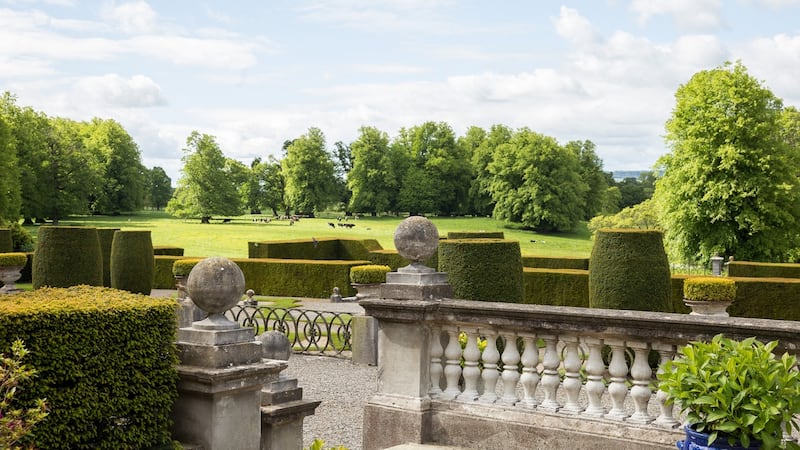
The property also includes farmland and a stud farm featuring a range of cut-stone outbuildings and a principal yard, complete with a clock tower fashioned out of local limestone and dating from 1822.
John Collison is, along with his brother Patrick, one of Ireland’s richest people. As the cofounders and principals of the online payments platform, the Castletroy natives were earlier this year estimated to be worth $11.5 billion (€9.65 billion) each following their company’s latest fundraise, according to Bloomberg.
Its billionaires index, a ranking of the wealthiest men and women in the world, puts them among the richest self-made millennial billionaires.
The brothers, who are aged 32 and 30, were previously valued at $4.3 billion each, according to the index. Forbes magazine had more conservatively estimated their worth to be $2.3 billion prior to their company’s latest fundraise.
In March, Stripe raised a further $600 million, giving it a market valuation of $95 billion. This makes Stripe the most valuable company in Silicon Valley and among the most valuable globally.









